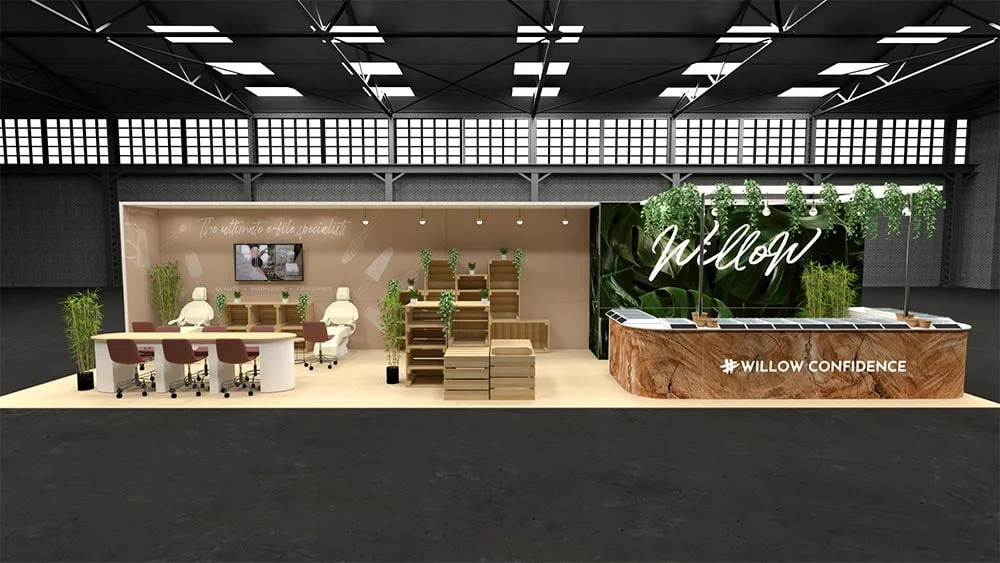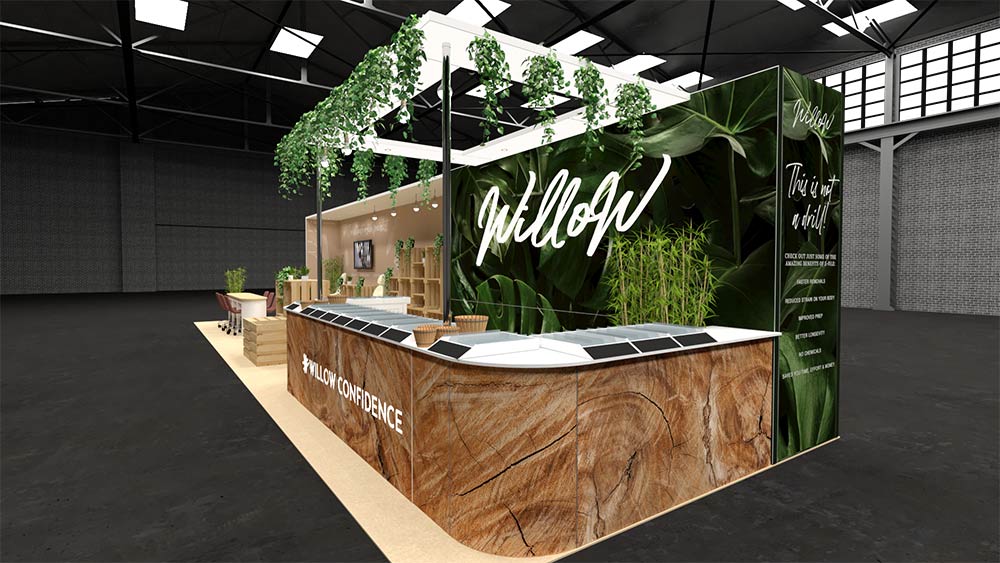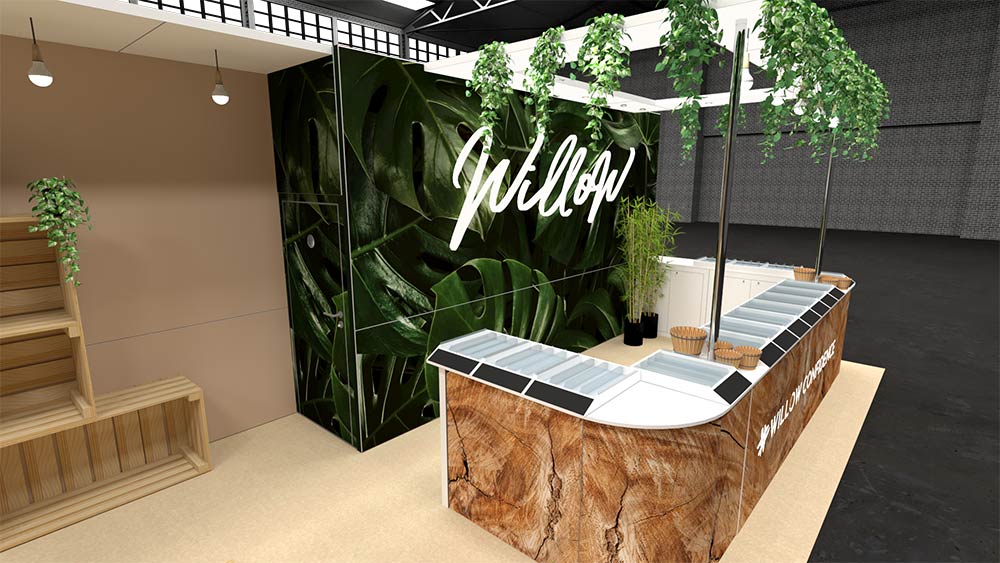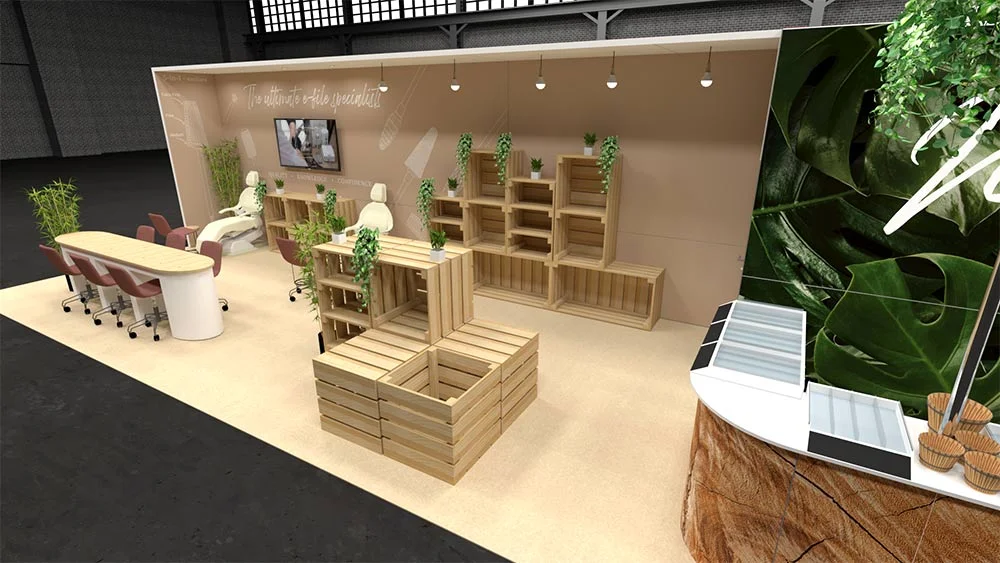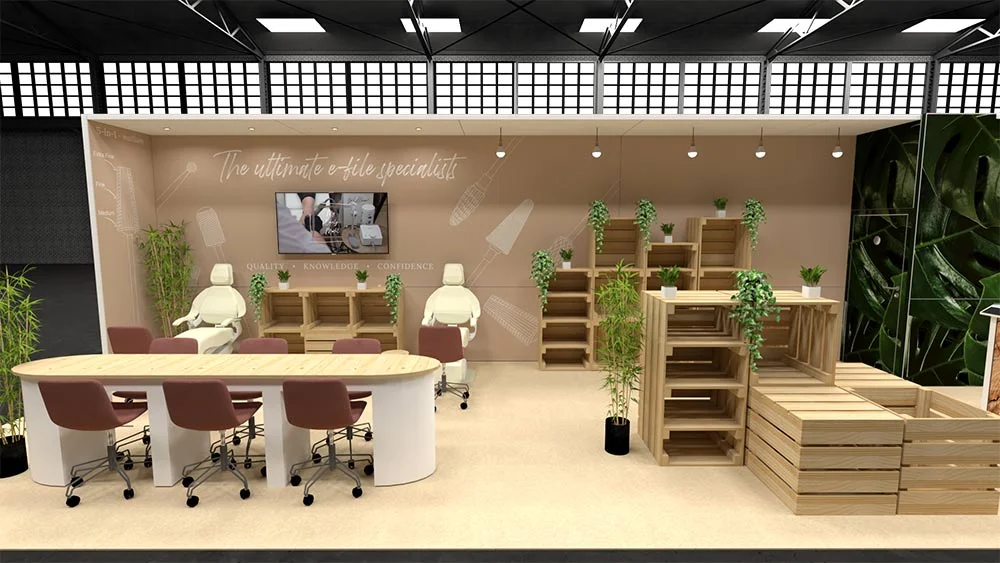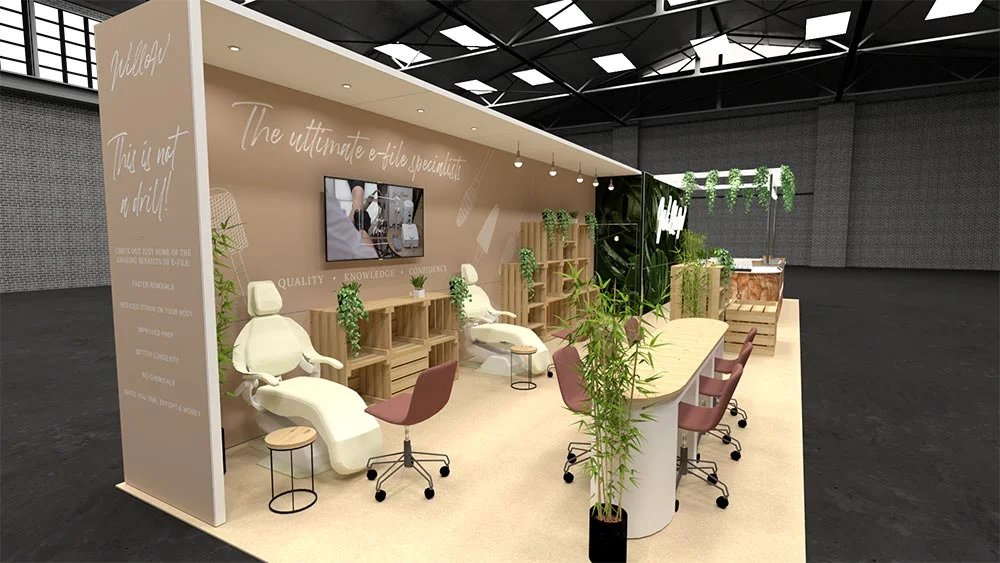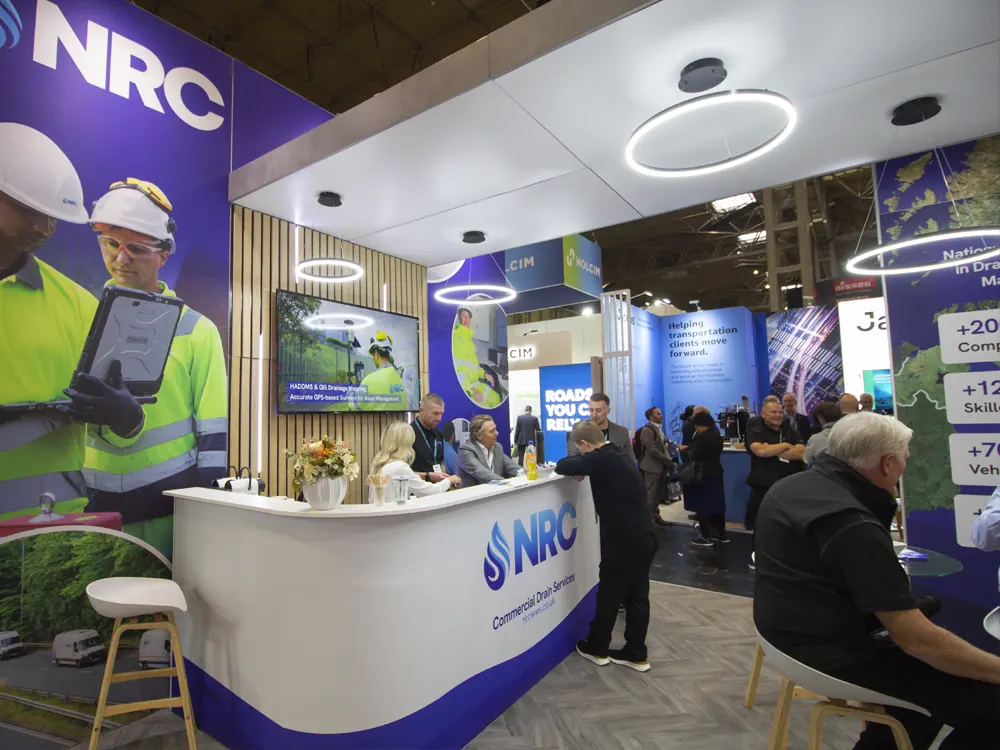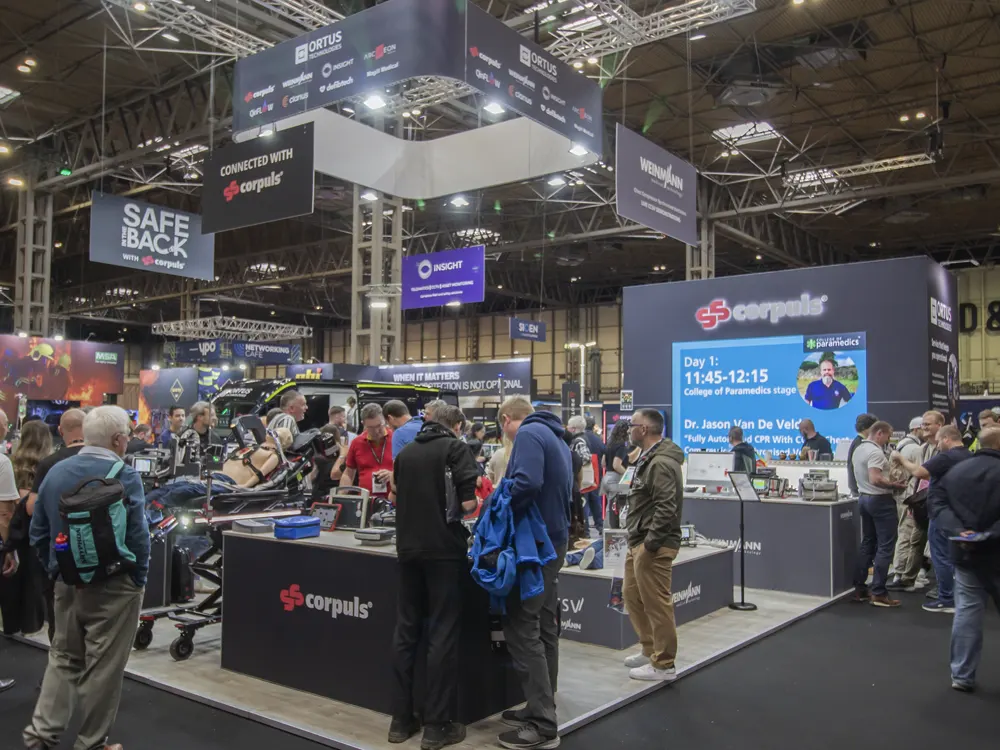Building a Global Presence: Designing Stands for International Trade Shows and Exhibitions
Introduction
The Evolution of Trade Show Marketing
Trade shows have always been pivotal for businesses, serving as a platform to showcase products, connect with potential customers, and establish industry presence. Over the years, the focus of trade shows has shifted from mere product displays to creating memorable and engaging experiences. Modern trade shows require innovative stand designs that attract attention, convey brand messages effectively, and foster meaningful interactions.
Purpose of This White Paper
This white paper aims to provide a comprehensive guide for businesses looking to expand their presence at international trade shows. It covers essential aspects of designing exhibition stands that meet the logistical and regulatory requirements of global markets while resonating with diverse cultural audiences. The insights shared will help businesses make a lasting impact at international events by understanding market nuances and leveraging cutting-edge technologies.
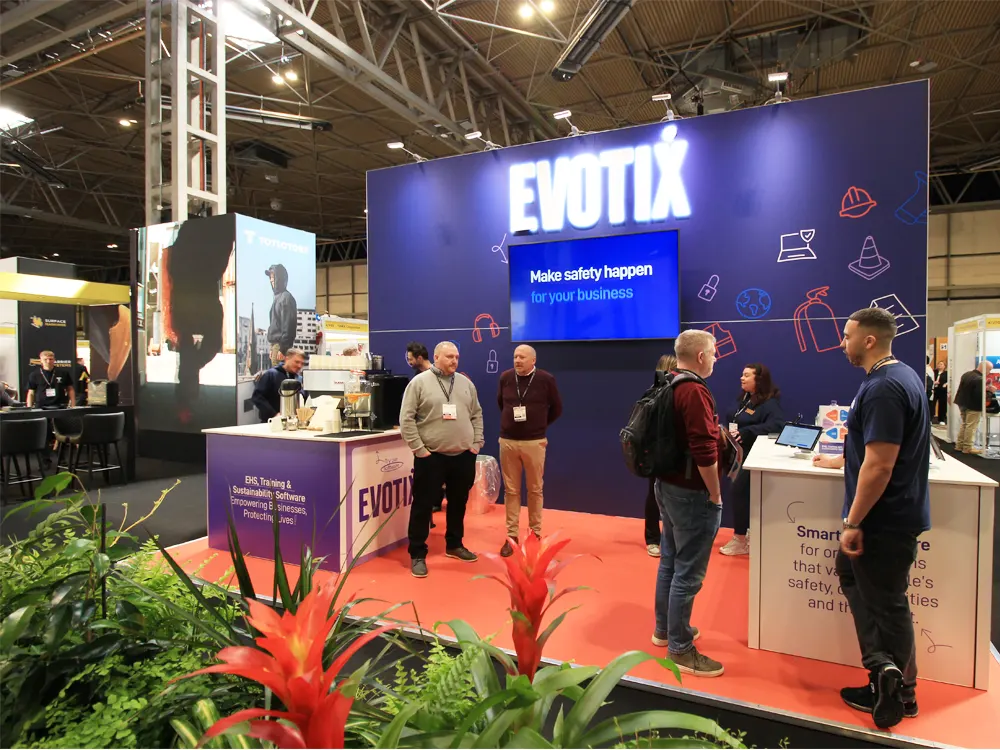
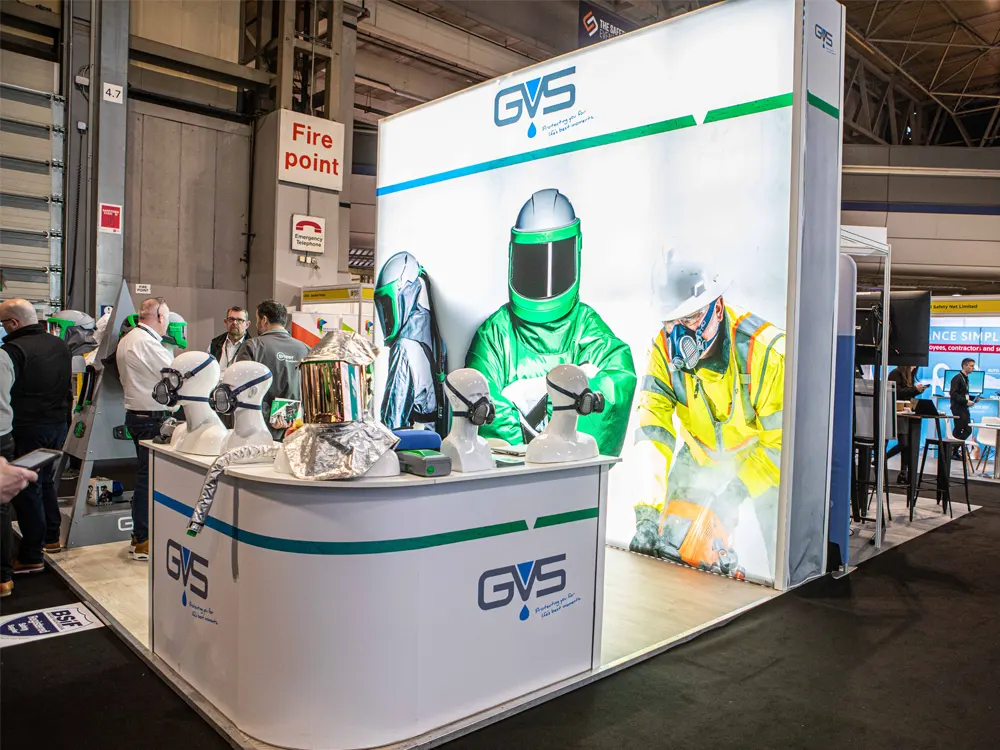
Understanding International Trade Shows
The Global Landscape
International trade shows are a confluence of cultures, industries, and innovations, providing unique opportunities to reach a global audience and explore new markets. The global trade show landscape encompasses events catering to various industries, from technology and healthcare to consumer goods and automotive. Each event attracts a diverse set of exhibitors and attendees, making it crucial for businesses to understand the dynamics of each market they enter.
Participating in international trade shows requires strategic planning. Companies need to research trade shows that align with their industry and business goals, understanding attendee demographics, the competitive landscape, and the cultural context of the host country. This strategic approach significantly influences the success of trade show participation.
Importance of a Global Presence
Expanding your brand’s presence at international trade shows enhances visibility, opens up new business opportunities, and allows connections with potential clients, partners, and distributors worldwide. A strong global presence offers valuable insights into emerging market trends and consumer behaviors. Moreover, showcasing products and services on an international stage signals commitment to the global market, enhancing brand reputation and credibility.
Cultural Considerations
Understanding Local Preferences
Designing stands for international trade shows involves understanding and accommodating local preferences. Different cultures have unique tastes, preferences, and expectations, influencing how they perceive and interact with your exhibition stand. Colours, symbols, and design elements popular in one country might not resonate in another. For example, red symbolises good luck in China but may be associated with danger elsewhere.
Conducting thorough market research and engaging with local experts or consultants can provide insights into cultural preferences and behaviors. This research informs design decisions, helping create a stand that appeals to local sensibilities.
Adapting Your Message
Adapting marketing messages to align with local cultural norms and values is crucial for effective communication. This adaptation goes beyond translating content into the local language; it involves tailoring messages to resonate with the audience’s beliefs, values, and communication styles. For instance, direct messaging might be appreciated in some cultures, while others prefer a subtle approach. Highlighting features and benefits relevant to the local market demonstrates an understanding and value of the audience’s specific needs.
Respecting Traditions and Customs
Respecting local traditions and customs is essential for building goodwill and fostering positive relationships with your audience. This respect should extend to all aspects of trade show participation, from stand design to staff behavior. Ensure your stand design does not inadvertently offend or alienate the local audience, and train your staff to be aware of and respectful towards local customs and etiquette. For example, understanding personal space preferences and appropriate greetings can create a welcoming environment for visitors.
Design Principles for International Stands
Universal Design Elements
Incorporating universal design elements can enhance your stand’s appeal to a broader audience while tailoring it to local preferences. Universal design principles focus on creating an inclusive and accessible experience for all visitors, regardless of their cultural background or physical abilities. Key elements include clear signage, intuitive layouts, and accessible features such as ramps, handrails, and seating areas.
Localising Your Stand
Localisation ensures that your stand resonates with the specific audience of the trade show. This involves incorporating design elements that reflect the local culture, values, and aesthetics. For example, using traditional Japanese design elements for a trade show in Japan or vibrant colors and bold patterns for an event in Brazil. Localisation also extends to using locally sourced materials, enhancing the authenticity of your stand and demonstrating commitment to the local market.
Interactive and Immersive Experiences
Creating interactive and immersive experiences engages visitors and leaves a lasting impression. Interactive elements invite active participation, while immersive experiences transport visitors into different environments, creating memorable interactions. Incorporating touchscreens, interactive kiosks, AR and VR, hands-on demonstrations, and sensory elements like lighting, sound, and scent can captivate and engage visitors effectively.


Logistics and Transportation
Planning and Coordination
Effective logistics planning is crucial for a successful international trade show. This involves coordinating various elements, from shipping and transportation to on-site setup and support. Developing a detailed logistics plan that outlines all tasks and timelines ensures smooth trade show participation. This plan should cover shipping and transportation, customs and import regulations, and on-site coordination.
Shipping and Handling
Shipping and handling can be complex and time-consuming, especially for international trade shows. Proper planning and coordination mitigate potential issues, ensuring that stand materials arrive on time and in good condition. Choosing reliable shipping partners, securing packaging, and ensuring proper labeling and documentation are essential steps for effective shipping and handling.
On-Site Setup and Support
On-site setup and support are critical to ensuring your stand is ready for visitors when the trade show opens. Proper coordination and planning streamline this process and avoid last-minute issues. Conducting a pre-show site visit, assembling an experienced setup team, and arranging technical support for lighting, AV equipment, and interactive elements ensure a smooth setup and operation.
Compliance and Regulations
Understanding Local Regulations
Each country has its own regulations and requirements for trade shows. Understanding and complying with these regulations is essential to avoid legal issues and ensure a smooth trade show experience. Local regulations can cover booth construction, permits and licenses, and customs and import regulations. Familiarising yourself with these regulations and working with local partners can help ensure compliance.
Health and Safety Standards
Adhering to health and safety standards protects your staff and visitors. This includes ensuring the structural integrity of your stand, providing safe and accessible pathways, and complying with fire safety regulations. Implementing fire safety measures, conducting regular inspections, and developing emergency procedures are essential for maintaining a safe trade show environment.
Environmental Considerations
Incorporating sustainable practices in your stand design and operations appeals to eco-conscious attendees and demonstrates your commitment to environmental responsibility. Using sustainable materials, implementing energy-efficient features, and minimising waste through recycling and reuse are important steps for creating an eco-friendly stand. This not only meets regulatory requirements but also enhances your brand’s reputation.
Case Studies
Successful International Stands
Exploring real-world examples of successful international stands provides valuable insights and inspiration. For instance, Tech Innovators Inc. participated in the Mobile World Congress in Barcelona, featuring an immersive VR experience that showcased their latest products in a virtual environment. This innovative approach attracted significant visitor interest and generated valuable leads.
Similarly, Green Earth Solutions exhibited at the Ecobuild conference in London, constructing their stand entirely from recycled and eco-friendly materials. They showcased their products through hands-on demonstrations and interactive displays, emphasising their commitment to sustainability. This approach resonated with eco-conscious attendees and reinforced their brand values.
Analysing these case studies reveals key takeaways, such as the importance of leveraging innovative technologies, tailoring stand design to local preferences, emphasising sustainability, and incorporating interactive elements to engage visitors effectively.
Measuring Success
Key Performance Indicators (KPIs)
Measuring the success of international trade show participation involves defining and tracking key performance indicators (KPIs). Important KPIs include booth traffic, lead generation, brand exposure, engagement metrics, and return on investment (ROI). These metrics provide valuable insights into the effectiveness of your trade show strategy and help identify areas for improvement.
Feedback and Continuous Improvement
Collecting feedback from visitors and stakeholders is crucial for continuous improvement. Visitor surveys, staff feedback, and data analysis offer valuable insights into what worked well and what can be improved. Using this feedback to refine your strategy and make data-driven decisions enhances the effectiveness of future trade show participation.


Conclusion
Recap of Key Points
Expanding your brand’s presence at international trade shows requires careful planning and execution. Understanding cultural nuances, leveraging design principles, and ensuring logistical efficiency are essential for creating impactful stands that resonate with a global audience.
Final Recommendations
To build a global presence and achieve success at international trade shows, conduct thorough research to understand cultural preferences and market dynamics. Tailor your stand design to reflect local elements and create engaging experiences. Develop a detailed logistics plan to ensure smooth transportation, setup, and support. Comply with local regulations and standards to avoid legal issues. Finally, define and track KPIs to measure success and collect feedback for continuous improvement.
By following these strategies and best practices, you can create compelling and effective stands that elevate your brand’s presence on the international stage, making a lasting impact at global trade shows.
Here at Plus Exhibition, we pride ourselves on our ability to design, organise and build sensational stands at both domestic and international exhibitions and trade shows. Contact Us today to find out how we can help you.
Go Social
Share this post with your friends!


